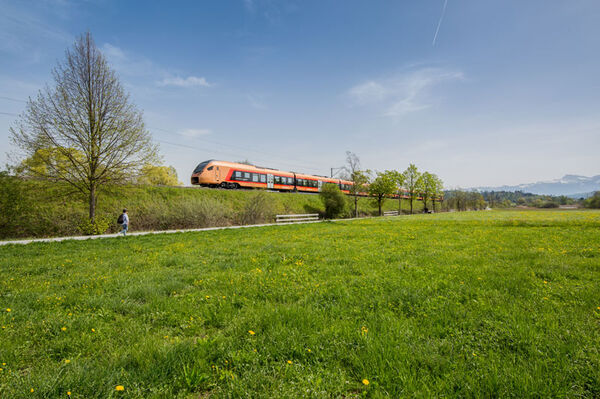Pipe fitting plays a crucial role in plumbing and construction, involving the installation and connection of pipes for various applications. This comprehensive guide explores the essentials of pipe fittings, covering types, installation techniques, materials used, and common challenges encountered by professionals in the field.

What are the different types of pipe fittings?
- Elbows: Change the direction of pipes.
- Tees: Connect three pipes.
- Reducers: Join pipes of different sizes.
- Couplings: Connect two pipes.
- Valves: Control flow or pressure within pipes.
How are pipe fittings installed?
- Preparation: Cut, clean, and prepare pipes.
- Assembly: Securely fit fittings together.
- Testing: Conduct pressure tests to detect leaks.
- Finalization: Secure fittings with appropriate fasteners or adhesive.
What materials are used for pipe fittings?
- Metal: Stainless steel, copper, brass.
- Plastic: PVC, CPVC.
- Composite: Fiberglass, geocomposite for specialized applications.
What are common challenges in pipe fitting?
- Leaks: Issues with sealing or fitting.
- Compatibility: Matching materials and sizes.
- Environmental Factors: Impact of temperature changes, chemical exposure.
- Regulatory Compliance: Adhering to plumbing codes and standards.
Summary: Understanding pipe fitting is crucial for effective plumbing systems in residential, commercial, and industrial sectors. This guide provides comprehensive insights into different fittings, installation techniques, material options, and challenges, ensuring reliable plumbing infrastructure.